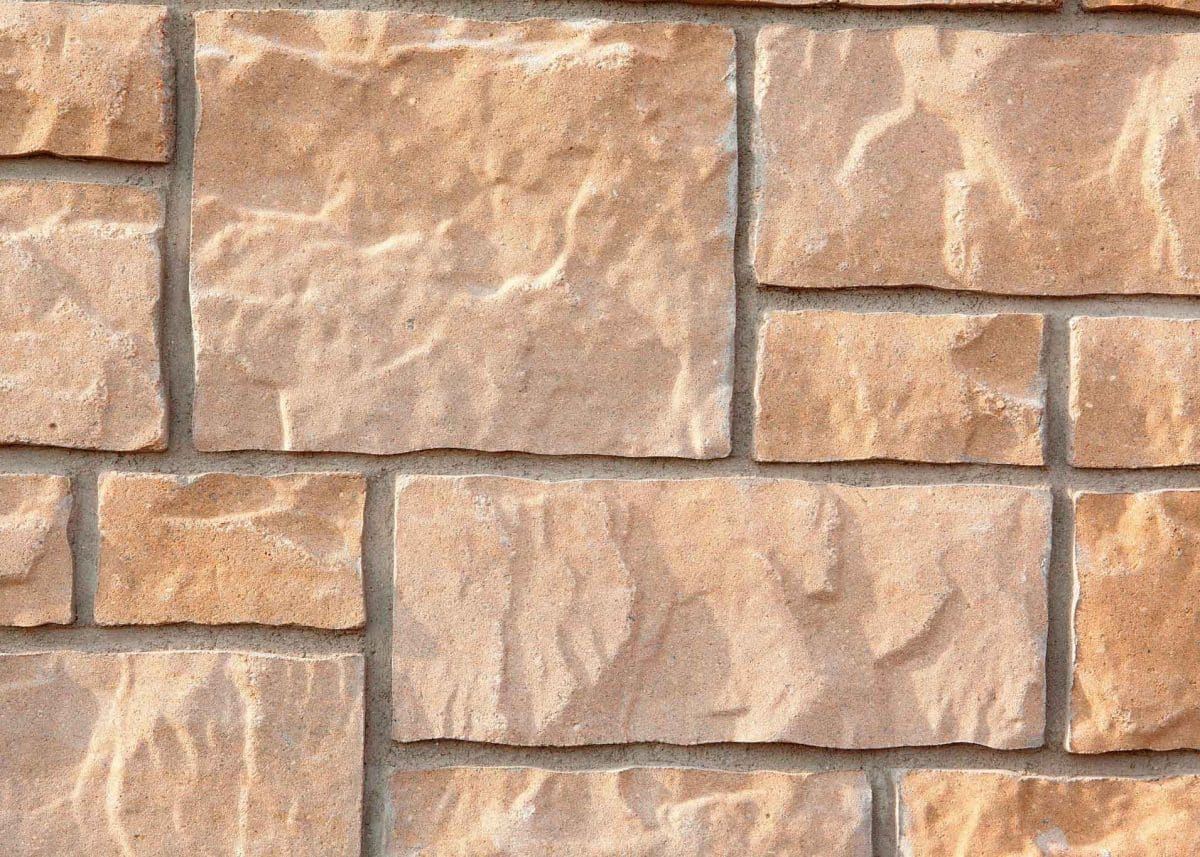
ASTM standards are key in testing, specifying and assessing the basic materials and units used in masonry construction. Recently, the international standards organization released a new specification covering adhered concrete masonry units under the fixed designation of C1877- 18. Prior to this, no standard existed that provided minimum requirements for dry-cast concrete masonry units used in adhered veneer applications.
The scope of this standard:
This specification covers solid, dry-cast, concrete masonry units intended for use as an interior and exterior adhered veneer and are made from portland cement, water, and suitable mineral aggregates with or without the inclusion of other materials.
Among other details, it outlines terminology and includes specifications for materials and manufacture (normal weight and lightweight aggregates, cement, pigments and other constituents), physical requirements, dimensions, weights and areas, finish and appearance, methods of sampling and testing, and even compliance.
“Innovation sparks creativity and spurs growth, and the largest growth market in cladding systems in recent years is thin, adhered masonry veneers – providing the look and feel of full-bed masonry at a lower cost,” said Jason Thompson, Vice President of Engineering at the National Concrete Masonry Association (NCMA). “Untill now these systems have been limited to wet-cast concrete, clay, and natural stone. With the recent approval and publication of ASTM C1877, Standard Specification for Adhered Concrete Masonry Units, machine-made dry-cast adhered veneer units join the list of adhered masonry veneer cladding systems – providing new options and textures to ignite the next masonry design innovation.”
A copy of this standard can be obtained from ASTM.